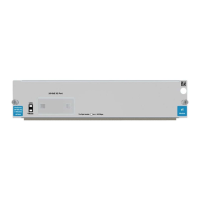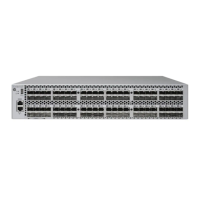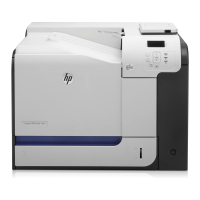HP NonStop SSH Reference Manual Configuring and Running SSH2 • 123
LOGNAME=test.us
LOGNAME=mike
SSH_TTY
The pseudo terminal allocated for the session.
Example:
SSH_TTY=/G/pty35/#zwn0001
SSH2_PROCESS_NAME
The SSH2 process that started the shell process.
Example:
SSH2_PROCESS_NAME=$SSH35
HOME
The shell home directory of the user.
Example:
HOME=/home/test
SSH_ORIGINAL_COMMAND
The command that was specified in an exec request. This can be different to the actually executed command, in case a
“forced command” is defined (USER attribute SHELL-COMMAND).
Example:
SSH_ORIGINAL_COMMAND=ls -l
ENV
Value taken from USER attribute SHELL-ENVIRONMENT
Examples:
ENV=$HOME/setenvvars
ENV=/etc/nonloginshellenvs
ENV=~/testenv
TCP/IPv6 Configuration
The IPv6 standard differs from the IPv4 standard in many ways. The TCP/IP configuration for IPv4 and IPv6 on
NonStop servers is different in several aspects as well, see documents and links listed in section "Related Reading".
But from NonStop SSH and comForte SecurSH/SecurFTP product’s standpoint the differences are mainly related to the
new address formats of IPv6, new defines and different modes the NonStop TCP/IP processes with IPv6 support can run
in.
IPv6 Address Formats
IPv4 uses 32 bits for an Internet Protocol address, and can therefore support 2
32
(4,294,967,296) addresses. IPv6 uses
128-bit addresses, i.e. the new address space supports 2
128
(3.4x10
38
) addresses.
Although IPv4 addresses may be presented in various hexadecimal, octal, or binary representations, they are canonically
represented in dotted decimal notation, which consists of four decimal numbers, each ranging from 0 to 255, separated
by dots, e.g., 172.1.2.3. Each decimal number represents 8 bits (one octet) of the IPv4 address.

